Saw-Tooth from the Past: The Dinosaur with Over 500 Teeth and Its Amazing Story
14.06.2024 11:29
21075 views
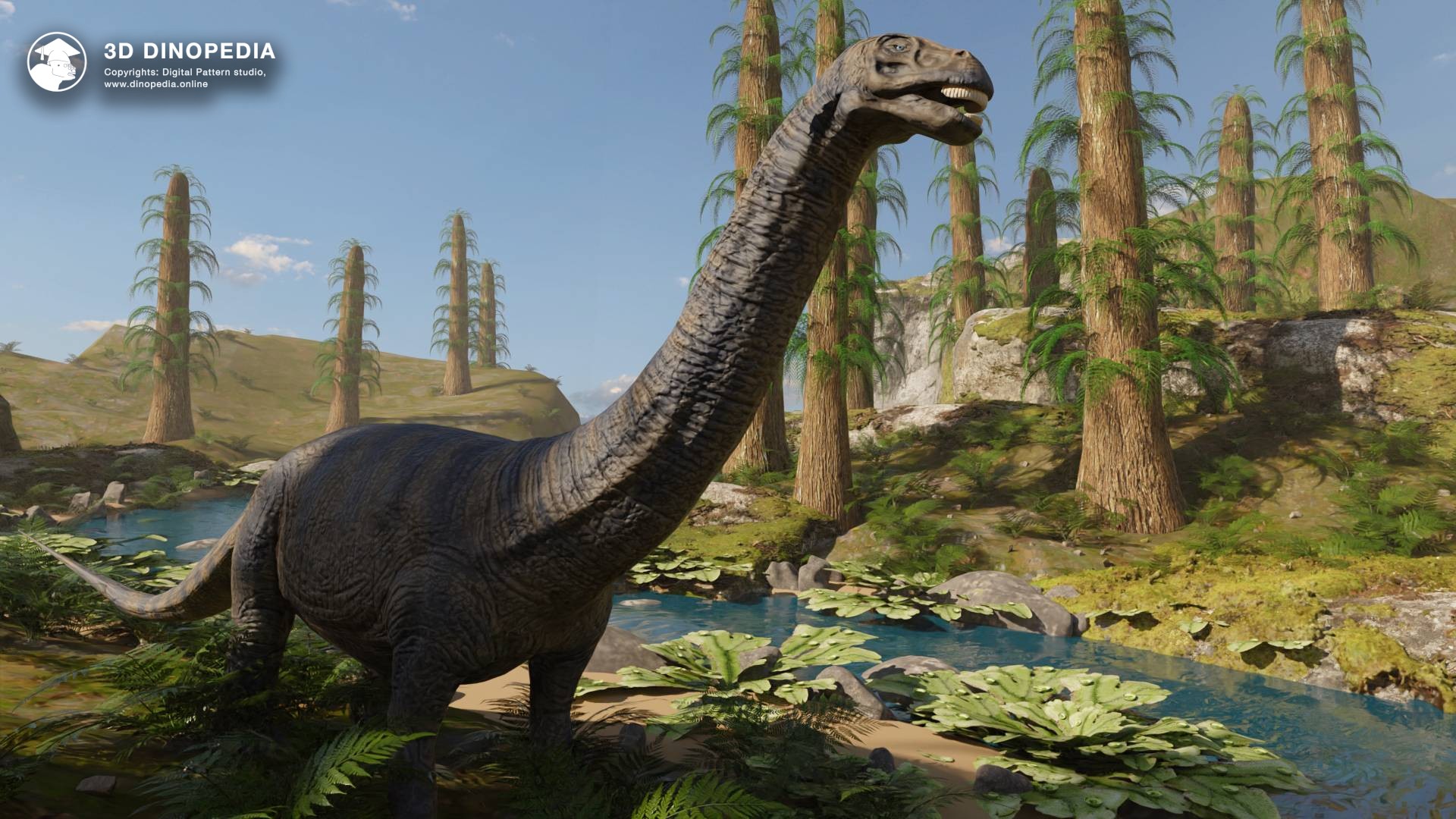
In the late 1960s, a group of paleontologists led by French researcher Philippe Taquet ventured into the hot deserts of Niger (a country in Africa). During their excavations in the sands of the Sahara, they stumbled upon several unusual bones. It was an incredible discovery. The bones dated back to the mid-Cretaceous period, meaning they were about 115-105 million years old. Unfortunately, the discovered dinosaur remains were few and poorly preserved, so the scientists were unable to provide a precise description or name for the new species.
Decades passed, and then, in the 1990s, the renowned paleontologist Paul Sereno and his team again set off for Niger. They faced a dangerous road filled with difficulties and adventures akin to those in Indiana Jones films. But all the hardships were not in vain - in 1997, one of the team members discovered fragments of a skull belonging to a dinosaur unknown to science. The hearts of the scientists fluttered with anticipation—it was truly a noteworthy find!
In 1999, based on all the materials found in Niger, Paul Sereno published a description of the new dinosaur, naming it after his colleague—Nigersaurus taqueti. The publication was a sensation, sparking immense interest even among those far from paleontology. Nigersaurus turned out to be one of the strangest of all known dinosaurs!
At first glance, Nigersaurus resembled many other sauropods—large herbivorous dinosaurs with long tails, necks, and massive legs. But its size and structure distinguished it from others. Nigersaurus was 9 meters long and weighed only 2-4 tons, similar to a modern Asian elephant. How did it manage to be so light?
The answer lies in the characteristics of its bones. The vertebrae of Nigersaurus had numerous air-filled cavities, and the thickness of some skull bones did not exceed 2 millimeters! It's hard to imagine how light and thin its skull was.
But the most amazing part was its jaws. Nigersaurus had over 500 teeth, arranged in 68 rows in the upper jaw and 60 rows in the lower. These sharp, even teeth helped it shear low-growing vegetation, much like mower blades.
Its enormous eye sockets, located on the sides, allowed it to see 360 degrees. Nigersaurus could promptly spot approaching predators and escape from them. However, its sense of smell was not nearly as refined, despite impressive nostrils.
When a tooth wore out and fell, a new one quickly grew in its place. Nigersaurus changed its teeth every 14 days! That is truly impressive.
The life of Nigersaurus was very tumultuous. In those times, dangerous predators such as Carcharodontosaurs and Eocarcharias roamed the territory of modern Niger (a country in Africa), and giant crocodylomorphs called Sarcosuchus dominated the rivers. Nigersaurus had to be cautious, but thanks to its good vision and herd lifestyle, it survived in such a dangerous environment.
More than a hundred million years after its extinction, in early 2021, Nigersaurus suddenly became an internet star. The search query "dinosaur with 500 teeth" caused a frenzy, and thousands of people learned about the existence of this amazing dinosaur. It all started with the meme "just don’t Google which dinosaur had 500 teeth." The unusual name and appearance of this ancient African reptile contributed to its internet popularity.
Although the fame of Nigersaurus soon passed, interest in the dinosaur remained. Perhaps because of this, some young people decided to tie their lives to paleontology and continue studying ancient giants.
Dinosaurs are not just ancient creatures. They are the key to unraveling many mysteries of life's history, particularly the mystery of the origin of birds. Their diversity, astonishing appearance, and unexpected adaptations to the environment continue to amaze scientists and inspire people around the world. Thanks to modern research, we can learn more and more secrets left to us by these ancient giants every day.
Discussions
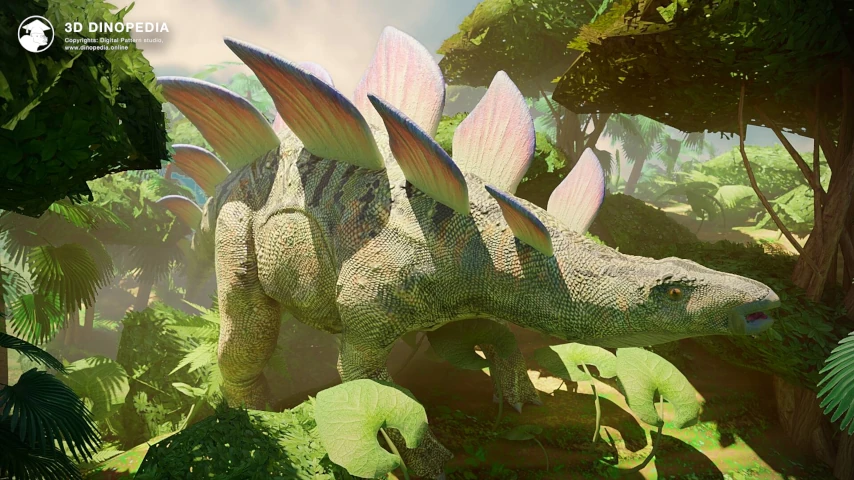
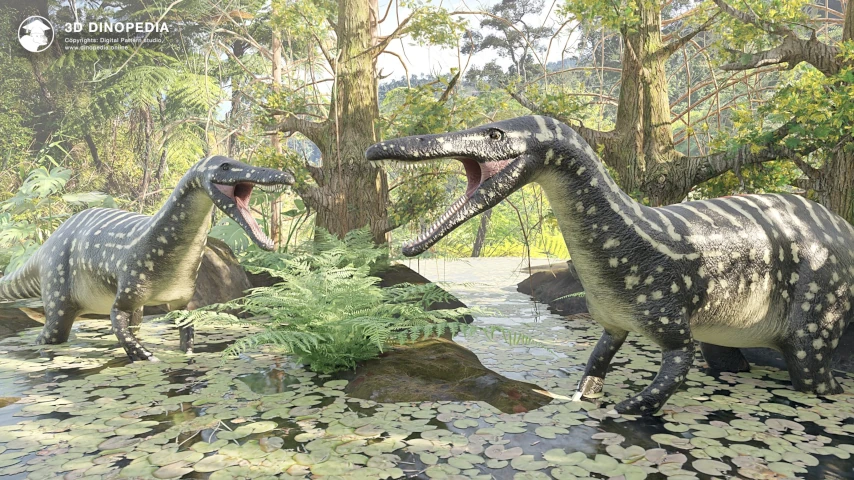
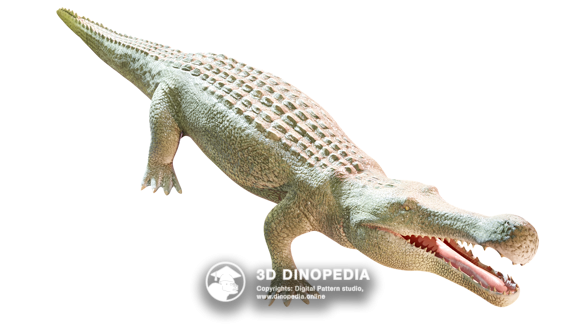




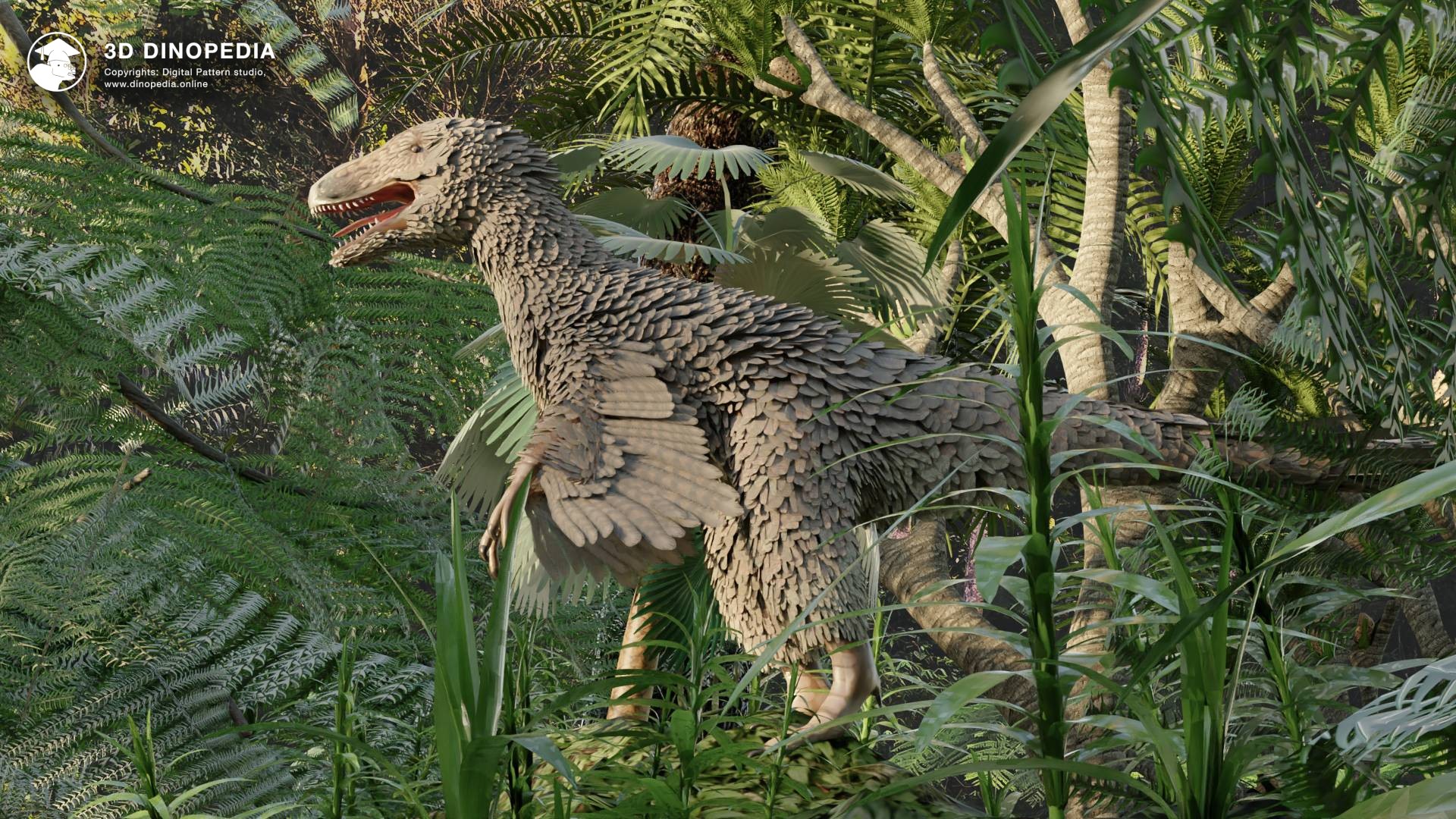


{{ count }} comments
You must login to write a comment